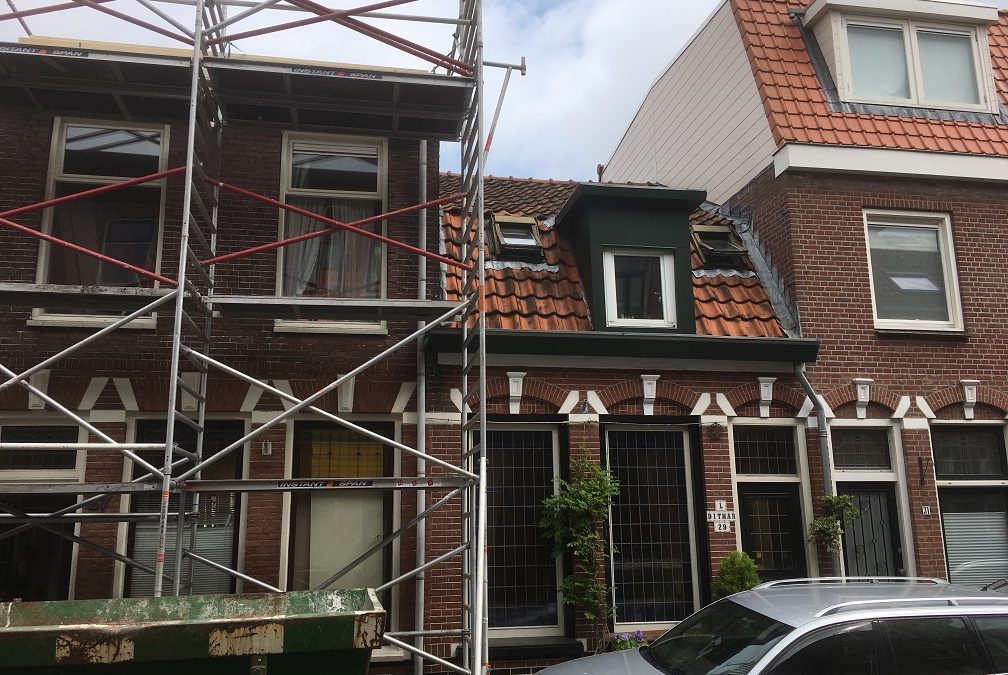Are you going to buy a home whose year of construction is older than 1920? Then it’s helpful to know what the most common defects are in that type of home. In this BLOG, we set this out neatly for you.
Walls
The exterior walls have no cavity. The cavity wall was not introduced until about 1920. Walls therefore often consist only of whole bricks. The result of not having a cavity can be moisture problems, such as moisture seepage, condensation from the inside, and rising damp. There may also be many seams and gaps in the wall. This is particularly noticeable where the wall meets other building materials such as window frames or lintels.
Bearing frames
Frames that had a load-bearing function were still sometimes used in these types of older homes. If the rolling layer above the frame was longer than 1 meter, they had to be additionally supported and this was done by a sturdy supporting frame. It may be that over the years this frame has been replaced and a sturdy enough frame was not put back in place without additional help or supporting structures. The result may then be that cracks in the masonry (have) developed.
Wooden foundation piles
During this construction period, pine foundation piles were widely used. These posts are extra sensitive to bacterial infections and fungi. Spruce posts are less affected by this. The biggest problem with wooden foundation piles, however, is when they become dry due to varying groundwater levels. What can then occur is pile rot with all its consequences.
Wooden Floors
Basically, wooden floors were always used during this construction period. Here, then, wooden floor joists were used whose beam heads were anchored in the wall. Moisture rising in the walls can cause the post heads to rot and the beams to have to be replaced. However, fungus, mold, and woodworm are also common problems with wood floors. During purchase viewings we try to pay attention to whether the floor is bowing (which can indicate rotten beams), we try to measure moisture in the wall (moisture can indicate rotten beam heads) and we see if there is a crawl hatch available for us and/or a structural engineer to look into to see if everything is okay.
Oil tank
In these types of homes, there may still be an oil tank in the yard. It is then important to know whether it has been remediated and whether there is a Kiwa certificate for this.
Sewer
In the past, vitrified clay sewer pipes were used. I can guarantee you 1 thing and that is that this one time no cracks or breaks you your house is literally in the shit. Important to know if these are there and if they are easily accessible to have a PVC sewer replaced.
Wooden Lintels
Wooden lintels may have been used above window openings. Wood has a greater coefficient of expansion than steel or concrete. The result may be that cracking has occurred or is about to occur. Also, if wooden lintels are not properly maintained, they will rot and this can also cause cracking to occur.
Lead pipes
There may be lead water pipes and/or lead drain pipes in the home.
Lead water pipes can cause lead poisoning. Lead drain pipes have the same bad humor as vitrified clay sewer pipes: they are guaranteed to fail you once and cause leaks. If you are remodeling and there are lead pipes somewhere, make sure you always replace them.

